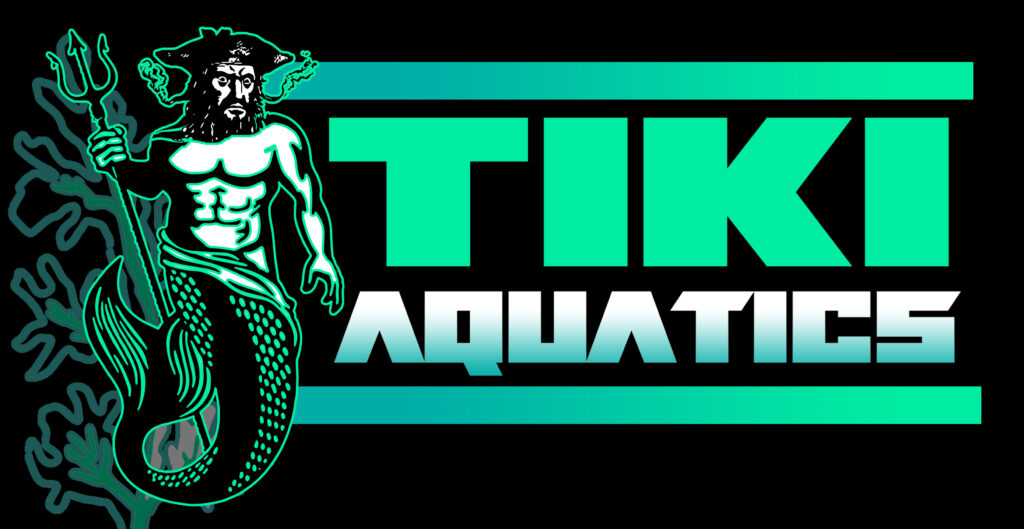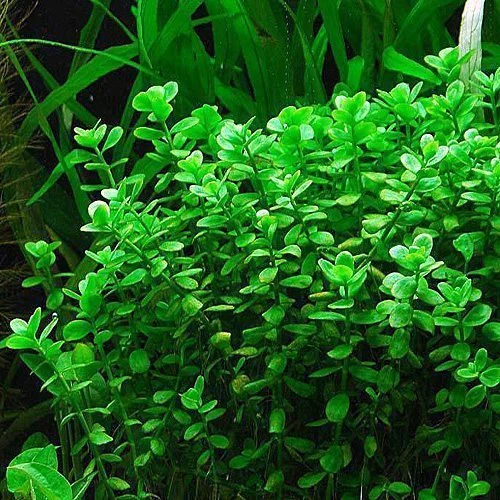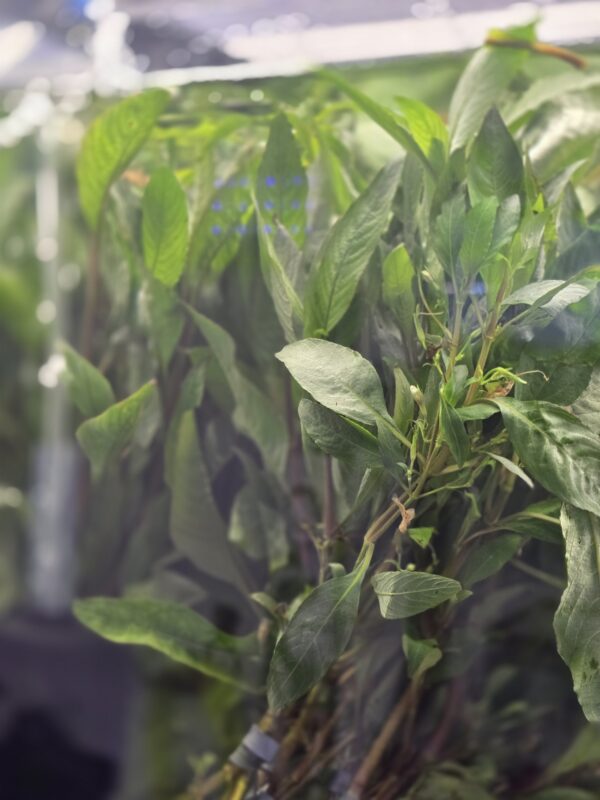Description
Narrowleaf Sagittaria, also known as Tall Narrowleaf Sagittaria or Tall Sag, is a popular and relatively easy-to-care-for aquatic plant that can add a beautiful, grass-like appearance to your aquarium.
Here’s a breakdown of its care requirements:
1. Lighting
- Moderate to High Lighting: Narrowleaf Sagittaria thrives and displays its best color (sometimes with a reddish tinge) in moderate to high lighting conditions.
- Low Light Tolerance: It can survive in lower light, but growth will be slower, and the plant might stretch more vertically to reach the light source.
2. Substrate and nutrients
- Nutrient-rich Substrate: Since Narrowleaf Sagittaria is a root-feeding plant, a nutrient-rich substrate is essential for optimal growth.
- Recommended Substrates: Options include aquarium soils (e.g., ADA Amazonia soil, Eco-Complete), fine gravel mixed with nutrient-rich aquatic soil, or sand supplemented with root tabs.
- Fertilization: Regular fertilization, especially with iron supplements like Seachem Flourish Iron, can prevent leaves from yellowing (a common sign of iron deficiency) and promote healthy growth.
3. Water parameters
- Temperature: The ideal temperature range is 64-82°F (18-28°C), although it can tolerate a wider range of 59-82°F (15-28°C).
- pH: It prefers a slightly acidic to neutral pH range of 6.5 – 7.5, However, some sources suggest a broader range of 6.0-8.0 is acceptable.
- Water Hardness: It can thrive in a range of hardness levels, from soft to moderately hard (3-10 dGH).
- Water Changes: Regular partial water changes (20-30% weekly) are recommended to maintain stable water parameters.
4. CO2 supplementation
- Optional but Beneficial: While Narrowleaf Sagittaria can grow well without CO2 supplementation, it will exhibit faster growth and a more lush appearance when CO2 is provided.
- Recommended CO2 Levels: If using CO2, aim for levels between 15-30 ppm.
5. Planting and placement
- Planting: Gently bury the roots in the substrate, taking care not to cover the crown (the base of the leaves) to prevent rot.
- Spacing: Space individual plants 2-3 inches (5-7 cm) apart to encourage healthy growth and carpeting.
- Aquascaping: Depending on the variety, it can be used as a foreground (Dwarf Sagittaria varieties), mid-ground, or even background plant.
6. Propagation
- Runners: Narrowleaf Sagittaria propagates readily through runners (horizontal shoots) that spread across the substrate.
- Separation and Replanting: You can detach the new plantlets that develop on the runners and replant them elsewhere to expand your Sagittaria carpet or share them.
7. Trimming
- Regular Trimming: Trimming is necessary to manage its growth and maintain the desired shape and height.
- Carpeting Effect: Trimming older or longer leaves can encourage the plant to send out more runners and promote the dense carpeting effect.
8. Compatibility
- Peaceful Fish and Invertebrates: Narrowleaf Sagittaria is compatible with a wide range of peaceful freshwater fish and invertebrates, providing shelter and hiding places.
- Fish to Avoid: Avoid keeping it with large herbivorous species like goldfish or certain cichlids, as they may uproot or damage the plants.
By providing these ideal conditions, you can enjoy a healthy and thriving Narrowleaf Sagittaria in your aquarium, enhancing its aesthetics and providing benefits for its inhabitants.








Reviews
There are no reviews yet.